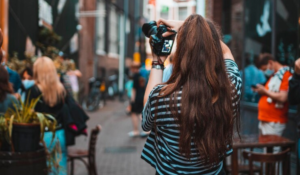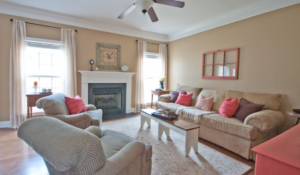Light Painting: A Complete Guide to Creative Photography

The introduction:
In photography, light painting offers limitless creative possibilities. Long exposure photographs can be transformed into mesmerizing pieces of art by using moving light sources. With this comprehensive guide, we’ll explore everything you need to know about light painting, from its history and equipment to its techniques and practical tips.
How does Light Painting Photography work?
By manually moving light sources during long exposure photographs, light painting is also known as light drawing or light graffiti. Photographers become painters and cameras capture shapes, colors, and light trails, blending photography and performance art.
Light Painting History:
Scientists experimented with capturing light in motion in the late 19th century, which led to the development of light painting. It was not until the 20th century that artists like Man Ray and Pablo Picasso began using light painting as a form of artistic expression. In today’s world, light painting has become a popular photographic technique.
Light painting equipment needed:
The following equipment is essential for light painting:
-
An exposure-manual DSLR or mirrorless camera.
-
For long exposures, a tripod provides a stable support.
-
You can use flashlights, LED lights, glow sticks, or any handheld device that emits light.
-
To trigger the camera without causing vibrations or camera shake with a remote shutter release.
-
Gels: Translucent colored filters for modifying the color temperature of light sources.
There are several types of light painting techniques:
-
It involves moving the light source manually in the frame to create designs or patterns.
-
Rotation Light Painting: Light trails are created by rotating the camera during exposure.
-
The photographer moves light sources in order to paint shapes or figures in the air while the camera remains stationary.
Using a camera for light painting requires the following settings:
It is important to adjust the camera settings carefully to achieve the desired light painting effect:
-
In long exposure mode, the shutter speed is set to bulb mode or a long exposure time (usually several seconds to minutes).
-
The final image should have a low ISO (such as ISO 100) to avoid digital noise.
-
You can control the amount of light entering the lens by choosing a narrow aperture (e.g., f/8 or higher).
Safety tips for light painting:
When practicing light painting, safety is of the utmost importance:
-
Shoot in a safe location away from traffic or hazardous terrain.
-
Stay informed about your whereabouts and avoid shooting alone.
-
To prevent accidents or injuries, use caution when working with light sources in dark environments.
In conclusion:
Photography offers photographers a unique opportunity to unleash their creativity and produce stunning visual artworks through light painting. Photographers can push the boundaries of traditional photography by experimenting with different techniques, equipment, and settings. Light painting is a captivating journey worth exploring, whether you’re a beginner or an experienced photographer. You can create magical light paintings with your camera, light source, and imagination.



